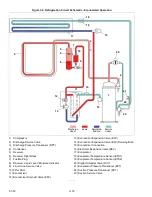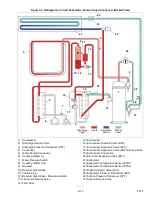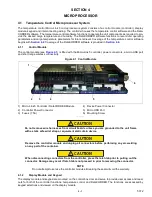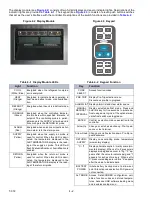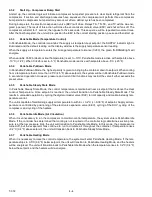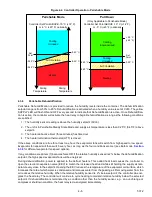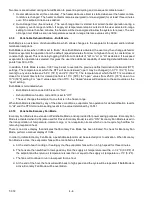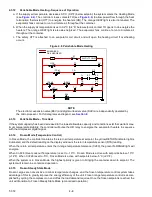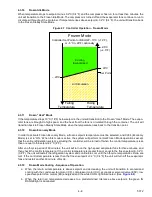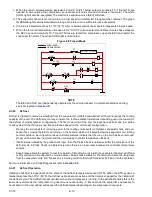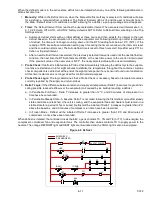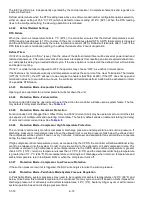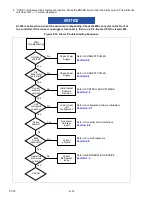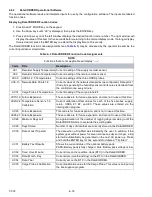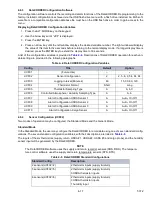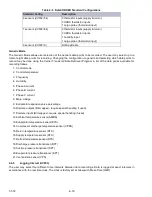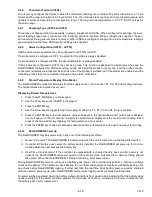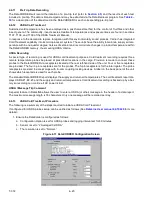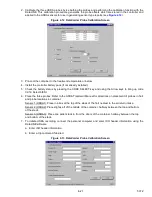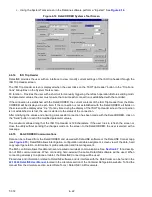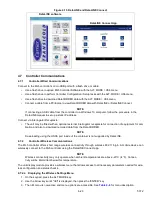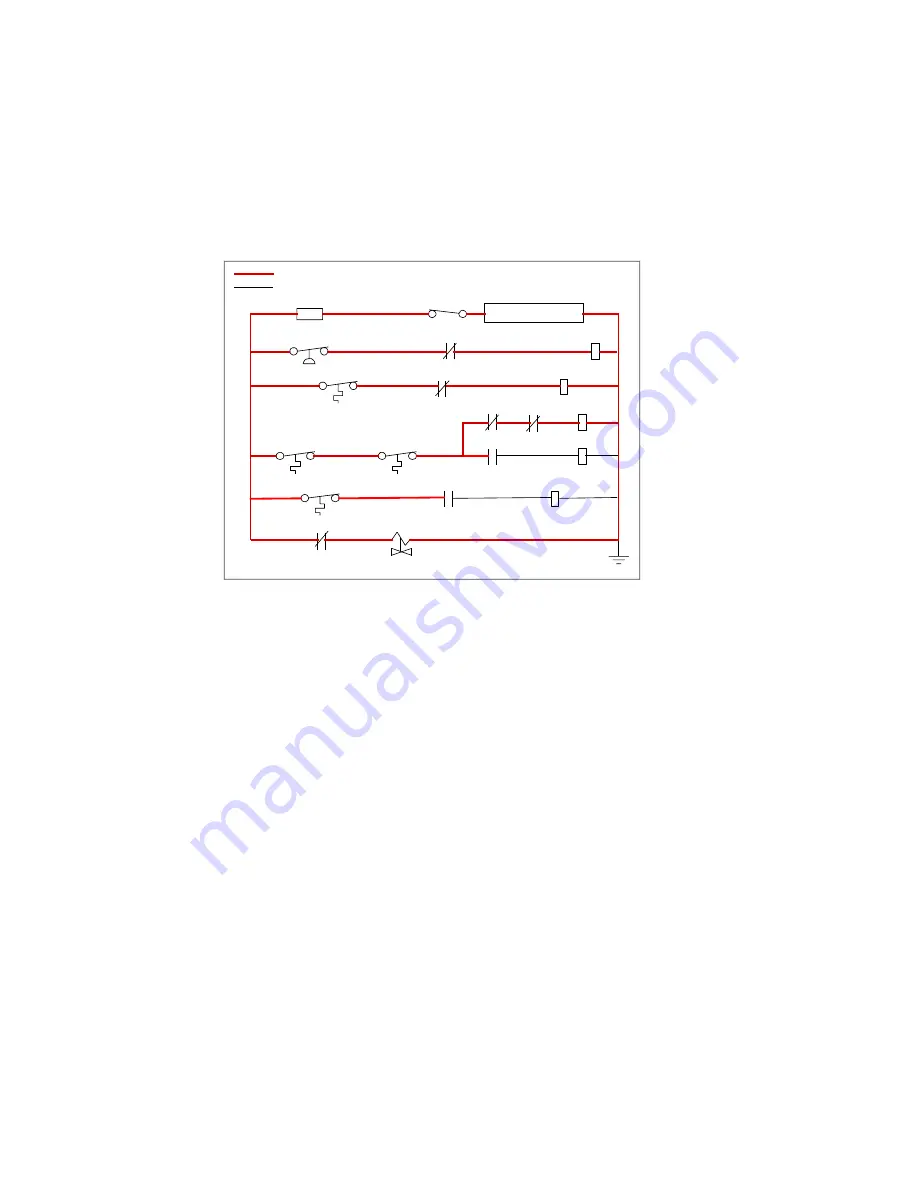
T-372
4–10
c. When the return air temperature decreases to 0.2°C (0.4°F) below setpoint, contacts TC, TS and TN are
opened to de-energize the compressor, economizer solenoid valve and condenser fan motor. The white
COOL light is also de-energized. The electronic expansion valve (EEV) will close.
d. The evaporator fan motors continue to run in low speed to circulate air throughout the container. The green
IN RANGE light remains illuminated as long as the return air is within tolerance of setpoint.
e. If return air temperature drops to 10°C (18°F) or more below setpoint, the evaporator fans switch to high speed.
f. When the return air temperature increases to 0.2°C (0.4°F) above setpoint and three minutes have elapsed,
the EEV opens and contacts TC, TS and TN close to restart the compressor, open the ESV and restart the
condenser fan motor. The white COOL light is illuminated.
Figure 4.8 Frozen Mode
NOTE
The EEV and DUV are independently operated by the microprocessor. Complete schematics and leg
-
4.3.20
Defrost
Defrost is initiated to remove ice buildup from the evaporator coil which can obstruct air flow and reduce the cooling
capacity of the unit. The defrost cycle may consist of up to three distinct operations depending upon the reason for
the defrost or model number configuration. The first is de-icing of the coil, the second is defrost due to a probe
check cycle and the third is a snap freeze process based on the unit model configuration.
• De-icing the coil consists of removing power to the cooling components (compressor, evaporator fans, and con
-
denser fan), closing the EEV, and turning on the heaters, which are located below the evaporator coil. During
normal operation, de-icing will continue until temperatures indicate that the ice on the coil has been removed,
proper air flow has been restored, and the unit is ready to control temperature efficiently.
• If defrost was initiated by the probe check logic, then the Probe Check is carried out after the completion of the
defrost cycle. A Probe Check is initiated only when there is an inaccuracy between the controller temperature
sensors.
• Snap Freeze allows the system to cool for a period of time after de-icing, with the evaporator fans turned off and
is only carried out if configured by model number. Snap-Freeze allows for the removal of latent de-icing heat
from the evaporator coils, and freezes any remaining moisture that might otherwise be blown into the container.
For more information on Probe Diagnostics refer to
4.3.21
Defrost Operation
Initiation of defrost is dependent on the state of the defrost temperature sensor (DTS). When the DTS senses a
temperature less than 10°C (50°F), the defrost options become active and the timer is engaged for the initiation of
the defrost cycle. The defrost time accumulates when the compressor is running. In the perishable mode this is the
same as real time as the compressor in general runs continuously. In frozen mode the actual time necessary to
count down to the next defrost will exceed the defrost interval depending on the compressor duty-cycle.
24 VOLT POWER
ENERGIZED
DE-ENERGIZED
TN
ST
F
HPS
CH
IP-CM
TC
CF
TE
IP-EM1
EF
IP-EM2
HTT
TH
HR
ESV
TS
TV
EF
ES



